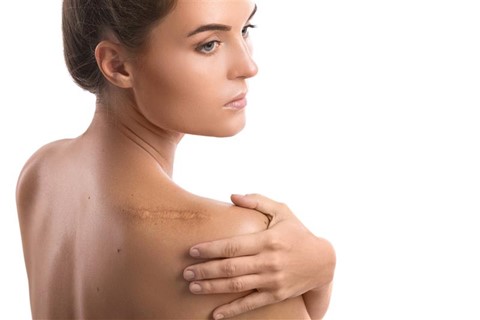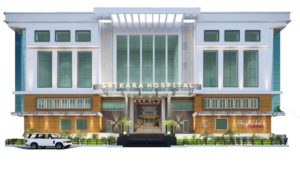A procedure to minimize the appearance of scars.
The procedure involves removing the scar, reconstructing the area of skin affected by the scar, and to reduce the appearance of the scar.
The goal of the procedure is to make a scar less noticeable and blend in with the surrounding skin.
Scar Revision: Who Needs It?
It is typically recommended for people with visible scars that cause distress, interfere with their daily activities, or affect their self-image.
It can be performed on any type of scar, including those from burns, surgery, trauma, or acne.
Scar Revision Surgery Procedures
1. Scar excision: Removal of the scar and surrounding tissue.
2. Skin grafting: The removal of skin from one area of the body and transplanting it to the area of the scar.
3. Laser resurfacing: The use of a laser to reduce the visibility of the scar.
4. Subcision: Using a needle to break up dense scar tissue and promote new collagen formation.
5. Skin flap surgery: Using a skin flap from another area of the body to cover the scar.
6. Tissue expansion: Inserting a balloon underneath the skin to stretch out the area and promote new skin growth.
7. Punch excision: Using a small circular punch to cut out the scar and surrounding tissue.
8. Microdermabrasion: The use of a diamond-tipped wand to exfoliate the skin and reduce the appearance of the scar.
Scar Revision Surgery: How to Prepare?
- It is important to get lab testing, or a medical evaluation done
- Take certain medications or adjust your current medications
- You may need to fast at least six hours before surgery
- Stop smoking well in advance of surgery
- Avoid taking aspirin and certain anti-inflammatory drugs, and herbal supplements
Scar Revision Surgery: What to Expect?
The surgeon will use specialized techniques to reduce the scar’s size, shape, color, and texture
This may involve cutting away the scar tissue, removing underlying fat, or using grafts to replace the missing tissue
The area will be covered with a bandage or dressing to help protect it during the healing process
Benefits of Scar Revision Surgery
1. Improved Appearance: Scar revision surgery can help reduce the appearance of scars, making them less noticeable and more aesthetically pleasing.
2. Improved Comfort: Scar revision surgery can help reduce discomfort caused by scarring. This can mean anything from lessening the tightness of a scar to reducing the sensitivity of a scar.
3. Improved Function: Scar revision can help improve the function of an area of the body that has been affected by scarring. For example, scar revision on the face can improve facial expressions or scar revision on the hands can improve grip strength.
4. Improved Self-Esteem: By making scars less noticeable, scar revision surgery can help improve self-esteem and confidence.
After scar revision surgery: When to call your doctor?
Call your doctor immediately if you experience,
- High fever with chills
- Unusual or unexpected changes in the appearance of the scar
- Unusual discharge from the wound
- Signs of infection, such as redness, warmth, and pain
- A bad smell from the wound
- Opening of the incision
Who is the right candidate for scar revision?
Scar revision surgery may be a good option for you if you –
- Are unhappy with a scar anywhere on your body
- Are physically healthy
- Do not smoke
- Have positive expectations
- Have no active acne or other skin diseases in the area
What to expect during scar revision recovery?
- There will be inflammation, pain, and discoloration for about 2 weeks
- Keep the wound clean and dress it regularly to prevent moisture build-up
- Drink plenty of water and get plenty of rest
- Exercise is fine if your doctor allows it
- Keep the area out of the sun for about a year
- Call your doctor if the incision oozes or bleeds excessively
Always consult your doctor about recovery.


